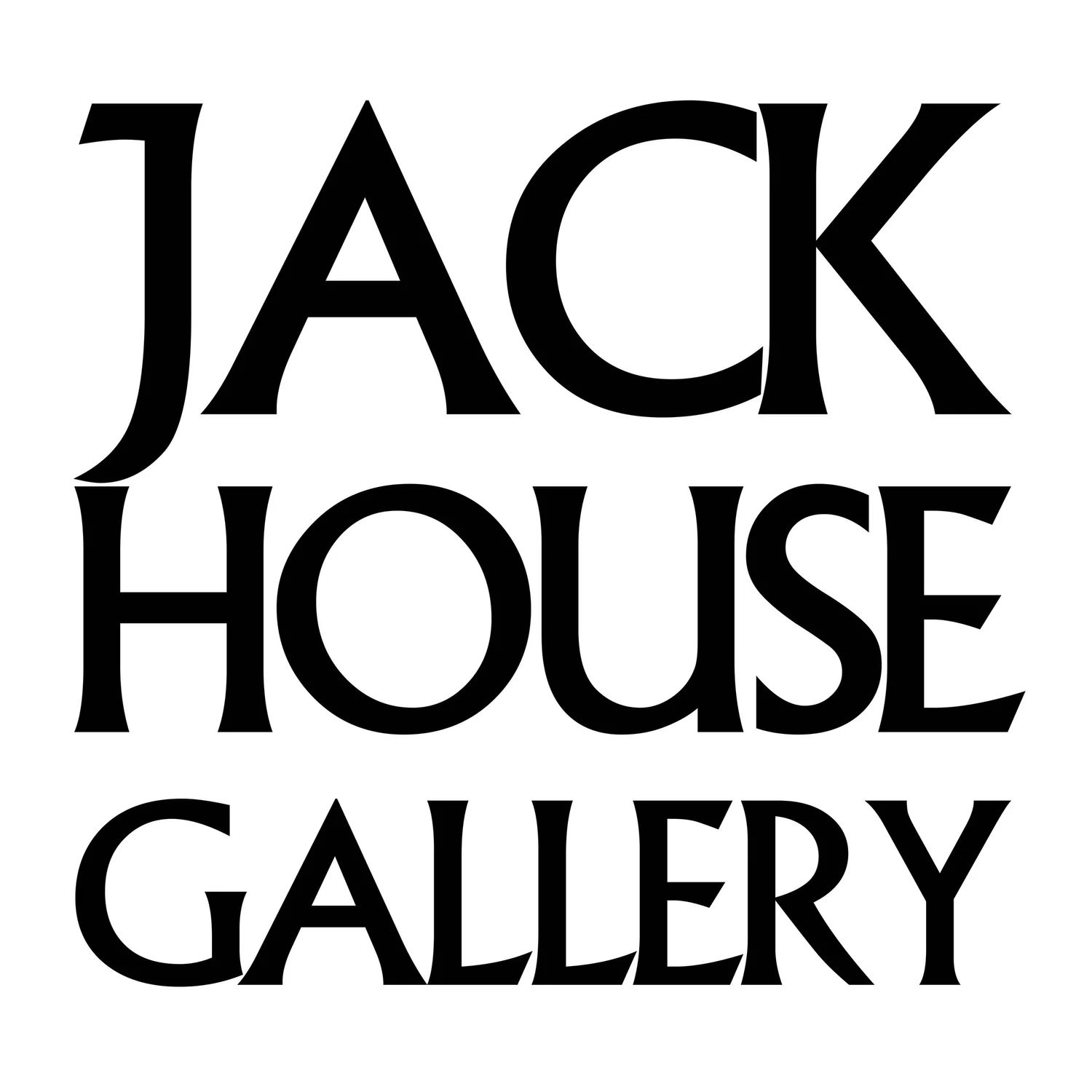'Although it was over sixty years ago, I can still vividly remember my first introduction to Wood Engraving, in the very capable hands of my tutor, Gerry Tucker, at Portsmouth College of Art. It was an experience Hilary Paynter would have had some years later. At that time, in the early fifties, Wood Engraving was offered as a craft subject for the two years leading to the National Diploma in Art and Design. I was strongly influenced by the engravings of Eric Ravilious and Roderick Barrett, as their work stood out from the limited number of print making publications produced at that time. Later, as a post-graduate student at the RA schools, my interest in the medium waned, until an evening class at the Central School revitalised it. At the time, I was unaware that the tutor was Gertrude Hermes. During my time at the RA schools, I met a fellow student, George Tute. I seem to recall that he showed no real indication then of the major role he would subsequently play in contemporary Wood Engraving. I treasure the print I received from him.
My main concern, from then to this day, is that of subject matter. I was unable to glean any sense of a direction I might pursue from either the Print Making exhibitions I saw in London, or from the increasing number of Print Journals. However, during this time, I had begun a series of watercolour landscapes, mainly depicting scenes around Hampshire, where I live. These watercolours could be based on drawings of particular places or an imaginative response to my memories of, or familiarity with, these locations. Eventually, these landscapes gave me the subject matter for my first series of Wood Engravings.
From a technical point of view, I found the reduction in scale, from watercolour to a much smaller block, to be relatively straightforward. Drawing on the block, reversing the image, was going to be the KEY issue. The inordinate amount of complex drawing which I felt was necessary might have given the impression that the reverse image was what had been originally envisaged. From the outset, I was unconsciously favouring the Black Line method of engraving, taking great care to avoid an overuse of white lines, and, by so doing, I would be increasing the strength of areas of white and black.
As a result of my need for complex block drawings, I have found it necessary to leave the first proof for as long as possible so as not to disturb the drawing. On rare occasions, the engraving has required very little adjustment; while at the other extreme the design could be a serious disappointment, to be left to one side or even re-faced. I have accumulated a large number of engraving tools, although I tend to use only a chosen few. Amongst these are six that I purchased from the estate of Norman Janes. They had been displayed, along with a range of other etching materials, at the Bankside Gallery, shortly after Janes’s death in 1980. I had met Janes several times at Private Views at the RWS Galleries, 26 Conduit Street, soon after I had been elected an associate of the Royal Society of Painter/Etchers.'
Garrick Palmer 2018

